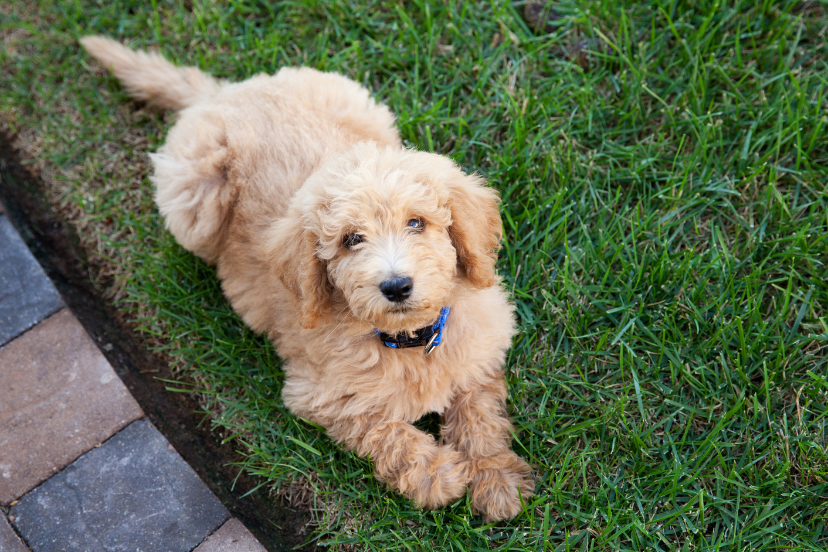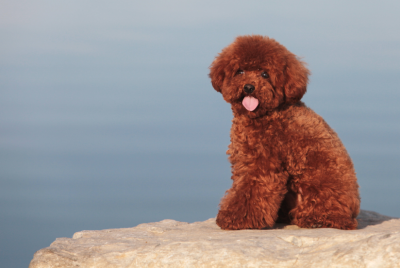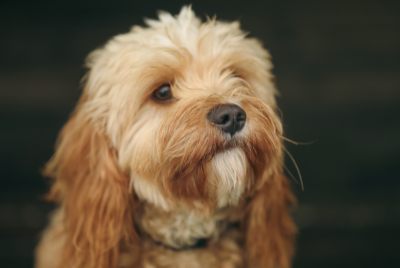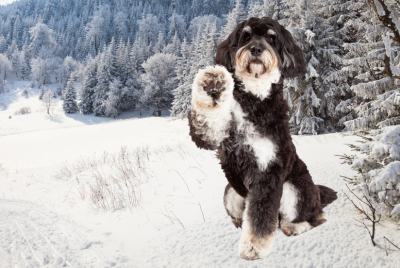The Labradoodle Unveiled: A Comprehensive Guide
Labradoodle, Labradoodle, Labradoodle! You’ve probably heard this intriguing word thrown around in conversations about dogs, but what exactly is a Labradoodle, and why is it creating such a buzz in the canine world? In this comprehensive guide, we’re going to dive deep into the Labradoodle universe. From its origins to its unique characteristics, training tips to fun facts, and even some FAQs, we’ve got it all covered.
What is a Labradoodle?
First things first, let’s break down the Labradoodle. The term itself is a fusion of “Labrador” and “Poodle,” and it refers to a crossbreed dog that combines the best of both worlds – the loyal Labrador Retriever and the highly intelligent Poodle. This delightful mix results in a charming, intelligent, and affectionate furry companion that has captured the hearts of many dog lovers worldwide.
The Labradoodle’s Fascinating Origins
Every breed has a story, and the Labradoodle’s tale is no less captivating. It all started in Australia in the 1980s when Wally Conron, a breeder, aimed to create a guide dog for a blind woman whose husband suffered from allergies. By crossing a Labrador with a Standard Poodle, Conron hoped to combine the Labrador’s gentle nature with the Poodle’s hypoallergenic coat. Thus, the Labradoodle was born, and its popularity quickly spread like wildfire.
Labradoodle Varieties: A Diverse Bunch
Labradoodles come in various shapes, sizes, and coat types. Here are some popular varieties you might encounter:
1. Standard Labradoodle
The original Labradoodle, a cross between a Standard Poodle and a Labrador Retriever, is known for its medium to large size and wavy or curly coat.
2. Miniature Labradoodle
These pint-sized bundles of joy are the result of breeding a Miniature Poodle with a Labrador. They’re perfect for smaller living spaces and are incredibly cute!
3. Australian Labradoodle
With a lineage that includes not only Poodles and Labradors but also Cocker Spaniels and Irish Water Spaniels, Australian Labradoodles are known for their friendly disposition and diverse coat textures.
4. F1 and F2 Labradoodles
These terms refer to the generation of Labradoodles. An F1 Labradoodle is a first-generation cross between a Labrador and a Poodle, while an F2 is the offspring of two F1 Labradoodles. Each generation may have unique traits.
Labradoodle Care and Training
Labradoodle’s Diet: What’s Best?
Maintaining a healthy diet is crucial for your Labradoodle’s well-being. High-quality dog food, rich in protein and nutrients, is essential. Consult your veterinarian for recommendations tailored to your dog’s specific needs.
Exercise, Exercise, Exercise
Labradoodles are active dogs that require regular exercise. Daily walks, playtime, and mental stimulation are a must to keep them happy and prevent boredom-related misbehavior.
Grooming: Taming the Curls
Grooming needs vary depending on your Labradoodle’s coat type. Regular brushing, bathing, and professional grooming sessions are necessary to keep their coats in tip-top shape.
Training: A Bonding Experience
Labradoodles are highly intelligent and eager to please, making them relatively easy to train. Consistency, positive reinforcement, and patience are key to successful training.
Fun Labradoodle Facts
Did you know?
- Labradoodles are often used as therapy dogs due to their friendly and empathetic nature.
- They come in an array of colors, including chocolate, black, cream, and apricot.
- Labradoodles are famous for their “doodle dash,” an exuberant burst of energy and playfulness.
- Their hypoallergenic coats make them an excellent choice for allergy sufferers.
FAQs About Labradoodles
Q1. Are Labradoodles hypoallergenic?
A1. Yes, Labradoodles are considered hypoallergenic due to their Poodle lineage, which produces less allergenic dander.
Q2. What is the average lifespan of a Labradoodle?
A2. Labradoodles typically live for 10 to 15 years when well-cared for.
Q3. Do Labradoodles shed?
A3. Labradoodles shed very little, if at all, making them a popular choice for those with allergies.
Q4. Are Labradoodles good with children?
A4. Yes, Labradoodles are known for their friendly and gentle disposition, making them great family pets.
Q5. How much exercise do Labradoodles need daily?
A5. Labradoodles need at least 30-60 minutes of exercise daily to stay healthy and happy.
Q6. Are Labradoodles prone to specific health issues?
A6. Labradoodles can inherit health issues from their parent breeds, including hip dysplasia and eye problems. Regular vet check-ups are essential.
Conclusion
In the world of dog breeds, the Labradoodle shines as a lovable, versatile, and intelligent companion. Whether you’re considering bringing one into your family or you’re already a proud Labradoodle owner, understanding their unique characteristics, care requirements, and fun facts can make your journey with this breed even more enjoyable. With the right training and care, your Labradoodle can become a cherished member of your family, bringing joy and warmth to your life for years to come. So, embrace the Labradoodle love, and enjoy the incredible journey with your furry friend!




